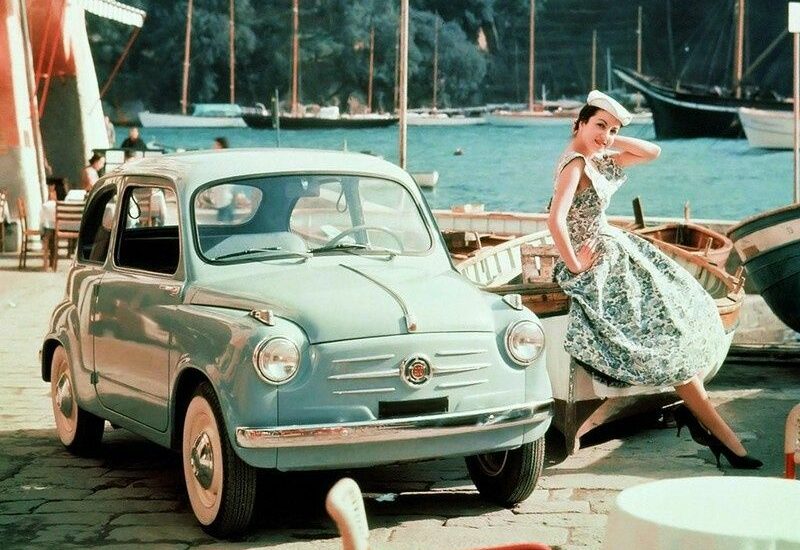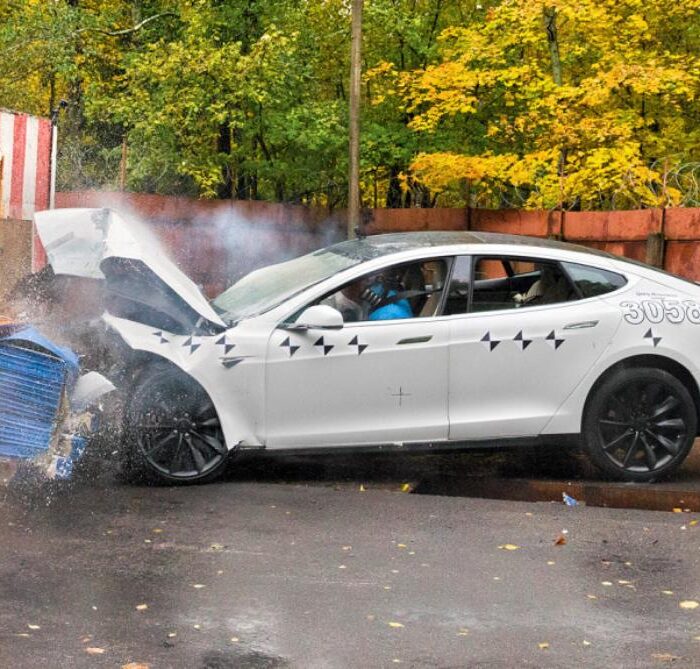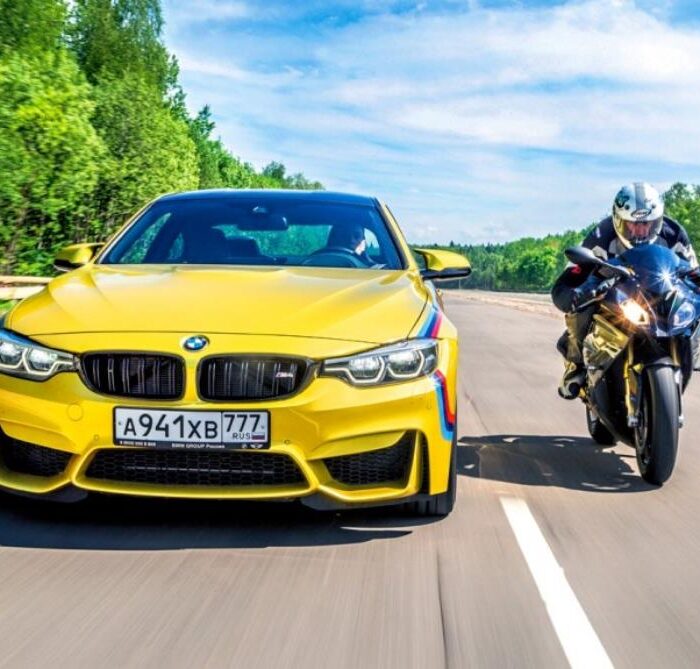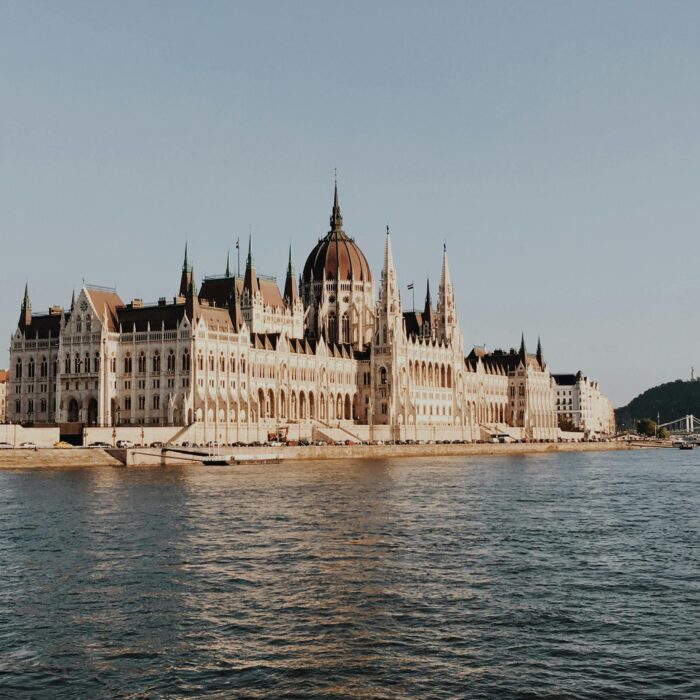The name FIAT is an abbreviation that stands for Fabrica Italiana Automobili Torino. This is a huge corporate alliance, a planetary giant consisting of more than two hundred companies that produce a variety of transport concepts – trains, planes, cars. However, it’s with the latter that the history of the famous Italian brand began, and it should be discussed in more detail. We will try to tell you everything in order, so make yourself comfortable.
FIAT – the beginning
Every car brand has a founding father, whose name is listed as the very first in the management dynasty. There is a similar name in the Fiat concern. Needless to say, it is inscribed in the history of the carmaker in gold letters. But the founder of Fiat, and later – the uncrowned king of Italy, didn’t come to the auto industry immediately. He was born more than a century and a half ago, in 1866. This event happened in the family of Aniceta Frisetti and Edoardo Agnelli. The latter was the mayor of the town of Villar Perosa. However, at the age of five, the boy Giovanni lost his father. The death of the latter didn’t stop the heir from graduating from the military academy at first, and later getting a legal education. A military career was not something remarkable, the cavalry officer Giovanni Agnelli didn’t become an outstanding military leader. But he took the post of mayor of his native town at the age of less than 30 and left this position only in connection with his death – almost half a century later.
Exactly three years after the appointment to the post of mayor, Giovanni met Count of Bricherasio, who was fond of building of horseless carriages. The lack of engineering education could be more than compensated for by entrepreneurial talent, which was done. As a result, the project proposed by the count attracted several investors with great opportunities in banking, and in 1899 the joint stock company of the automobile factory in Turin, or the company Società Anonima Fabbrica Italiana Automobili Torino, was formed. This cumbersome name was later shortened to the capacious “Fiat”. Agnelli’s share was $400, which allowed him, despite the small amount, after only a year, to take the position of Managing Director. Giovanni’s great ability and authority played a part in this, although the Board of Directors consisted of well-born noblemen and venerable bankers.
It was the managing director who was able to convince partners of the need to acquire the firm of the Ceirano brothers. The firm tried to start car production, and Giovanni Agnelli was impressed with the very first model of the car, and also the bookkeeper and the mechanic of the Ceirano firm, 19-year-old Vincenzo Lancia. As a result, Fiat received both the firm Ceirano and the automotive designer, represented by Lancia.
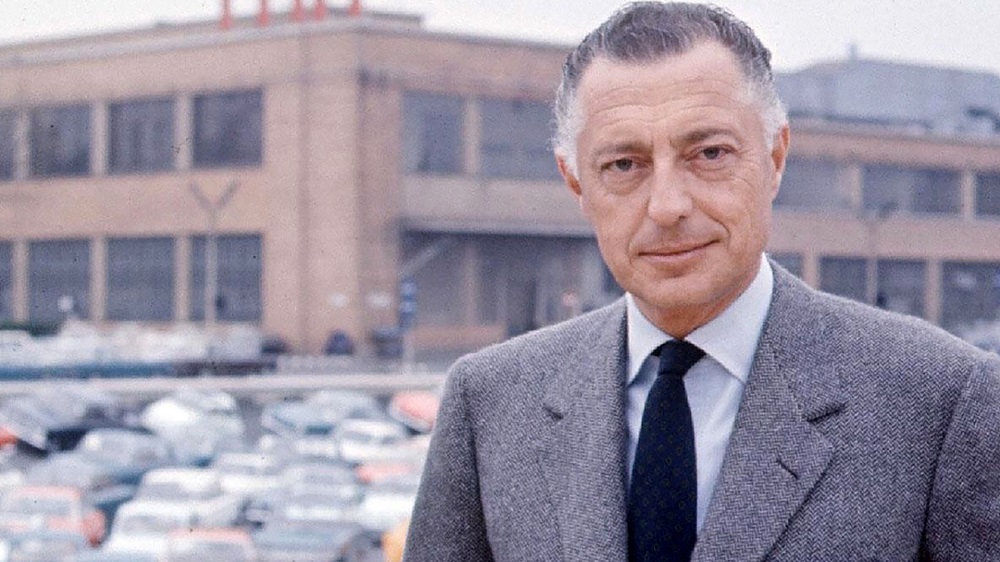
In 1899, Fiat introduced its first car, called the Fiat 3.5 HP, to the market. It strongly resembled the first model of the Ceirano brothers, received a two-cylinder engine with a capacity of 4.5 horsepower and could reach speeds of up to 35 km/h.
Initially, only eight cars were produced by Fiat. A year later, the company produced 18 more cars. Despite the fact that Giovanni positioned the Fiat 3.5 HP as the first Italian car, a body for it had to be ordered abroad. Of course, Fiat products were still uncompetitive, inferior in many positions to other automakers, but a team of talented designers was already being created. It was a close-knit team that became the key to success.
Already in 1900, Fiat opened its first factory in Turin, employing 35 people. In the same year, the Fiat 6 HP was created. It differed from its predecessor with a capacity of 10 horsepower and a maximum speed of 45 km/h. A total of twenty such vehicles were produced.
Fiat in the early 20th century
At the Turin automobile plant, strict discipline reigned: workers and engineering staff were completely in the power of Giovanni Agnelli. The latter, being former military, didn’t tolerate even the slightest disobedience or deviation from his requirements. Therefore, it was not easy for people with a creativity to take the initiative. However, a hard, authoritarian management style and an output quality control allowed for the production of very reliable cars. Agnelli even went to the United States and got acquainted with the Ford automobile production system. The result was the introduction of an automobile assembly line at the Turin plant and an increase in management efficiency.
Agnelli also didn’t miss the opportunity to produce sports cars – cars for participation in car races. First it was the Fiat 6 HP Corsa (speed of 57.5 km/h), and then the Fiat 24 HP Corsa. Both models won competitions.
Giovanni Agnelli’s ambitious goals were to achieve leadership in the European car market. But the Fiat carmaker began to earn its first profit only in 1903, when the volume of production reached 135 cars. The expansion of production also took place in increasing directions: trucks, trams and buses were produced under the Fiat brand.
But in 1906, Vincenzo Lancia left the Fiat concern. He decided to open his own production of sports cars, and he succeeded. Agnelli couldn’t restrain him. However, six decades later, the company Lancia, which was engaged in the production of sports cars, still joined the Fiat group.

Gradually, Giovanni Agnelli ousted the other owners of the company’s shares from the Board of Directors and became the sole owner of the carmaker. It was also possible to strengthen the position in connection with the opening of the Fiat plant in the United States. In addition, the products of the Turin automobile plant were successfully sold throughout Europe. Engineers began to pay more attention to the appearance of cars.
At the beginning of the second decade of the last century, there were military conflicts in the air. Agnelli decided to launch the production of weapons and aircraft engines, as well as engines for naval vessels. When the military confrontation between Turkey and Italy began in 1911, Fiat products became so popular that the carmaker’s profit exceeded the most fantastic forecasts. However, Giovanni Agnelli didn’t yet have a monopoly in supplies for the Italian army, which didn’t suit him at all. He sought to seize all government orders. After the outbreak of the First World War, Agnelli achieved the impossible: he gained the status of a military zone for Turin, where the Fiat production was located, which gave the company wide tax benefits and subsidies. But Giovanni was aware that sooner or later peace would come. Therefore, it was important to switch to mass production of cars for people in time.
The Lingotto car factory
In 1916, in the southern part of Turin, the district of Lingotto, the construction of another Fiat automobile plant was started. The construction was led by Giacomo Matte Trucco. When the five-story building was opened after seven years of construction, it turned out to be the largest in the world and the first European car factory created from scratch on a separate allotment of land. Lingotto has become a symbol of the Italian car industry. On the roof of the building with a huge area, there was a kilometer-long track for testing cars (a racing track). Even today, the track on the roof of the building allows to accelerate a car up to 90 km/h in safe conditions.
Assembly of cars began on the first floor of the building, and gradually the conveyor rose higher and higher. As a result, a fully assembled car, ready for testing, drove out onto the roof of the building. In the factory building, two spiral ramps were made, with the help of which the car could quickly go down from the roof.
The Lingotto assembly line started its work in 1925, and in 1928 the automobile plant reached full capacity. Throughout its history, this factory has produced such legendary models as the Fiat 509 (production started in 1925, 90,000 units were produced in total), the Fiat 508 Balilla (production started in 1932, 113,000 units were produced), and, of course, the Fiat 500 Topolino (1936-1955).
Unfortunately, Lingotto’s capacity was limited to two hundred cars per day. This was 15 times less than the capacity of Ford’s factories. But during the work of Lingotto, 80 car models came off its assembly line.
The plant worked for six decades, and only in 1982 was closed. Now it is a large multifunctional commercial center, with spacious conference rooms, offices, cinemas, banks, fitness centers, a driving school, Le Meridien four-star hotel and an art gallery showing the collection of Giovanni Agnelli. The eastern part of the building is currently used by the Faculty of Engineering of the University of Turin.
Today, Lingotto is an industrial exhibition center, a tourist attraction in Turin, which is named after the famous architect Renzo Piano, who reconstructed the building of the former car factory.
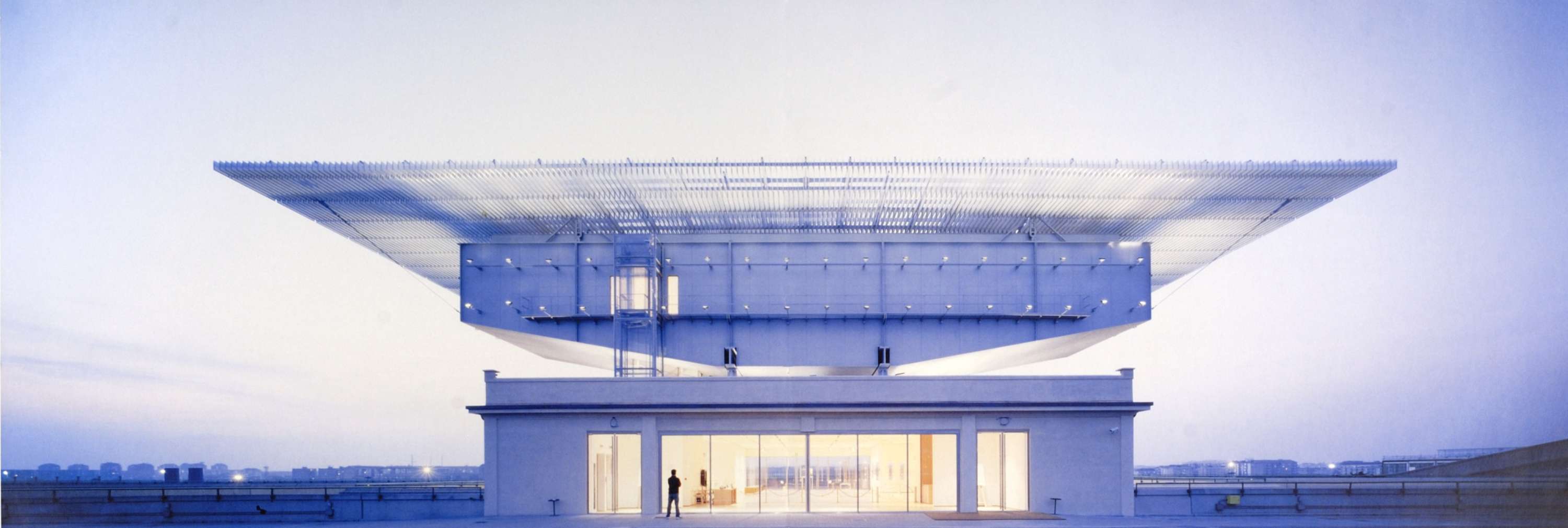
The twenties of the last century in the history of Fiat
The First World War ended. Fiat began to control the Italian car market. If in the first twenty years of its existence, Fiat followed a simple strategy for producing two types of cars – the basic model and the premium model, now simple solutions were no longer relevant. The Italians were dissatisfied with the too high cost of cars. At the same time, four out of every five cars sold in the country were Fiat cars. The latter was explained by the Italian government’s disloyal tariff policy on imported cars. Giovanni Agnelli’s strategy was criticized by Valletta, a professor at the University of Turin. In response, Agnelli invited the professor to a meeting and offered the position of Administrative Director of the automaker. Vittorio Valletta agreed. Soon, Fiat plants launched their own production of steel, plastics and paints.
Agnelli himself supported Mussolini who came to power. This was a mistake, but it was Mussolini who personally pointed out to Agnelli the poor salesability and high cost of the Fiat 508 Balilla.

In 1927, the IFI holding company was created to manage the Fiat concern. The Agnelli family plays a dominant role in the holding to this day.
In the next article, we will continue to get acquainted with the history of Fiat. Meanwhile, we invite you to quickly and easily process an international driver’s license – on our website. This won’t take you much time and effort, especially since this document is useful when driving not only a Fiat and will allow you to feel confident on the roads of almost any country in the world.

Published January 31, 2020 • 8m to read

